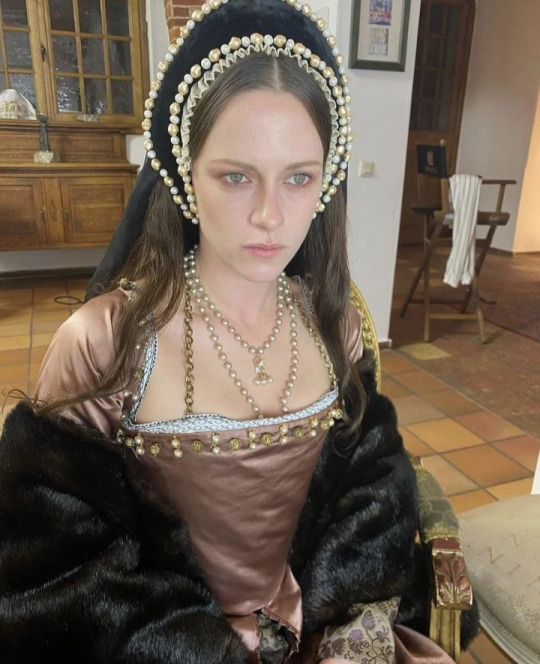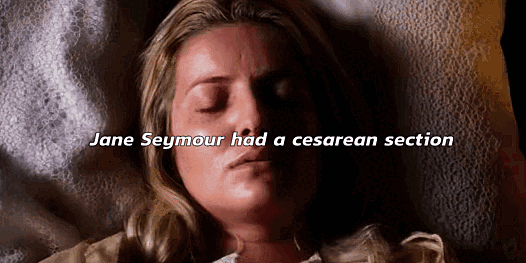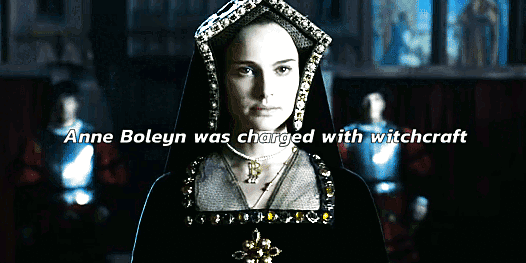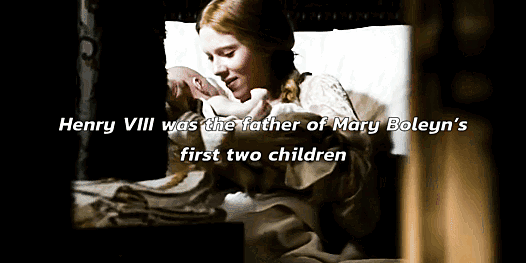Photo

Anne of Cleves - Hans Holbein the Younger // Get Down from SIX: The Musical
SIX: The Musical x Historical Portraits Day Four of Six: Anne of Cleves ❤️
49 notes
·
View notes
Photo


♕ @dailytudors: TUDOR WEEK 2022 ♕
Day Four: Favourite Tudor Related Relic >> ½ - Queen Elizabeth I’s locket ring featuring herself and her mother Anne Boleyn.
182 notes
·
View notes
Text

Catherine of Aragon by an Unknown Artist circa an Unknown Year
31 notes
·
View notes
Text






Pendant designs by Hans Holbein from "The Jewellery Book", including one (center) now thought to have been commissioned by Katherine of Aragon as an act of defiance against the annulment of her marriage to Henry VIII; the design features a cipher which, when untangled, spells their names intertwined.
Such cipher designs were popular; the pendant at top left features a simpler example, with "HR" (Henricus Rex) combined with "I" for Jane Seymour (the letter J does not exist in Latin).
417 notes
·
View notes
Text

The Parr badge created by Queen Catherine after she became Queen. It represents her patron saint rising from a Tudor rose. Catherine’s patron saint was Saint Catherine of Alexandria also known as Saint Catherine of the Wheel; Catherine Parr used her depiction as part of her royal emblem of a maiden with flowing blonde hair blooming from a Tudor Rose. The maidenhead had long been associated with the Parr family badge/arms. Previous to her marriage, the Parr family assumed as one of their badges derived, from the family of Ros of Kendal, the device of a maiden’s head couped below the breast vested in ermine and gold; her hair of the last, or; and her head encircled with a wreath of red and white roses. The maidens can be found on the walls of the Parr Chapel in Kendal Parish Church.
89 notes
·
View notes
Text

Image labeled “A Very Early Portrait of Catherine of Aragon” by English School. For sale by Sloane Street Auctions. This is all the information I can find on this painting.
126 notes
·
View notes
Photo

Cleaned and treated portrait of Catherine
attributed to Master John. Formerly thought to be Lady Jane Grey.
Circa 1545
129 notes
·
View notes
Photo
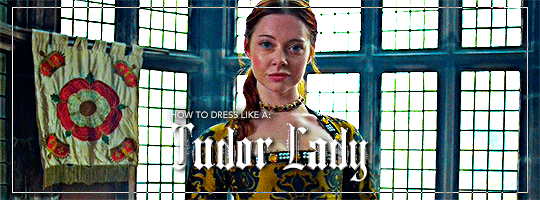

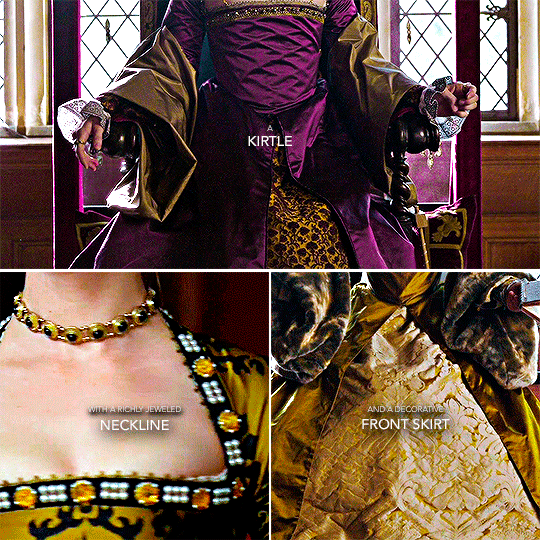
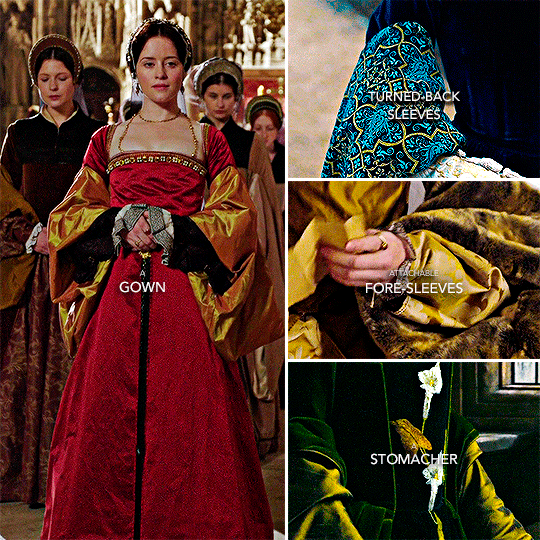


PERIOD DRAMA APPRECIATION WEEK 2022
↳ Day 3 - Favorite Costumes: The Tudor Lady’s Wardrobe
[insp.]
2K notes
·
View notes
Text

"Mother-of-pearl locket ring owned by Elizabeth as queen, c.1575. When closed, the ring shows the monogram ER, for Elizabeth Regina, in table-cut diamonds. Hidden inside are portraits of Elizabeth herself and Anne Boleyn, as a private commemoration of the mother whose name she never spoke."
"Elizabeth I - A Study in Insecurity", Helen Castor
57 notes
·
View notes
Photo
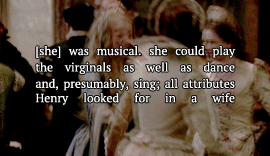
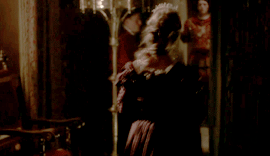
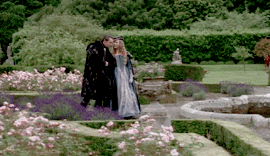

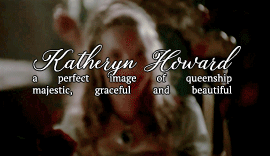
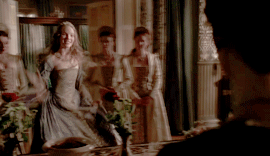




✧ The Countess [Margaret Pole] was sent a furred nightgown, a kirtle of worsted, a furred petticoat, a satin-lined nightgown, a bonnet and frontlet, four pairs of hose, four pairs of shoes and a pair of slippers. …One would hope that Katherine’s gifts provided her with at least some comfort. […] Her four recorded acts of intercession demonstrate Katherine’s desire to take her position as queen and its accompanying responsibilities seriously. Her desire to grant prisoners pardons and her bequests of jewellry upon her relatives and ladies suggest a kind and warm young woman. [Conor Byrne, Katherine Howard: A New History]
✦ Katherine continued to show her preference for her cousin Anne Boleyn’s child…who was now seven years old. When she first dined in public, she gave Elizabeth the privileged seat opposite her. To young Elizabeth, this must have been a great moment and she was to remember Katherine’s kindness. [Joanna Denny, Katherine Howard: A Tudor Conspiracy]
✧ Catherine had shown herself to be a model consort: gracious, forgiving, and willing to let bygones be bygones. She also displayed leadership, resourcefulness and independence. […] She was also warm, loving and good-natured. Catherine, in short, had begun rather well. She had a good heart, and a less bad head than most of her chroniclers have assumed. [David Starkey, Six Wives]
✦ Katherine had a kindness of heart and a lack of malice that prevented her from remaining angry at anyone for very long, and was generous and caring towards those less fortunate than herself.
Throughout the summer progress…she had carried out her royal duties impeccably. Her poise and dignity marked the progress as the highlight of her reign so far. Katherine’s past performance held the promise of a happy and successful future; in short, Katherine possessed all the qualities of a fine queen consort.
The evidence she left behind – her eagerness to show patronage, her intercession on behalf of felons, her willingness to fulfil her religious obligations and her kindness – suggests that she would have been as good a queen as any of Henry’s wives. [Josephine Wilkinson, Katherine Howard: The Tragic Story of Henry VIII’s Fifth Queen]
special shoutout to tiny-librarian for browsing her KH collection to help me find a lot of these quotes!
635 notes
·
View notes
Text
The other portrait is of someone from a much earlier period. Datewise, it looks to be of a woman from around 1535, certainly the mid-1530s. We can tell this because of the clothing that the woman in the other portrait is wearing. She has on her head what’s called a ‘French hood’ and the costume is the sort of thing that a noblewoman would wear in the mid-1530s, possibly up to the 1540s.
There is a third possibility – and that is that it is actually a portrait of Elizabeth herself when she was young. The argument goes that maybe the portrait is not of someone from the 1530s, but from the 1540s. Those advocating this theory draw attention to a likeness with the one portrait of Elizabeth we do have, from when she is around 13 or 14 years of age – and there is a similarity. So that’s another possibility. I think the likelihood of it being Katherine Parr is very slight. There’s no reason why she should be associated so closely with Elizabeth in this very rich gift.
I would think that it’s most likely to be Anne Boleyn. And I follow Eric Ives in this, who’s written extensively on Anne Boleyn. He draws attention to the fact that the pictures we have of Anne Boleyn are from a much later date. So, there’s no point in making a comparison between the likeness here, and the likeness we see in the known portraits of Anne, where she is wearing the ‘AB’ pendant. Where he sees the similarity is in the contemporary representation of Anne Boleyn, whose likeness is depicted in a medal that was produced in 1534.
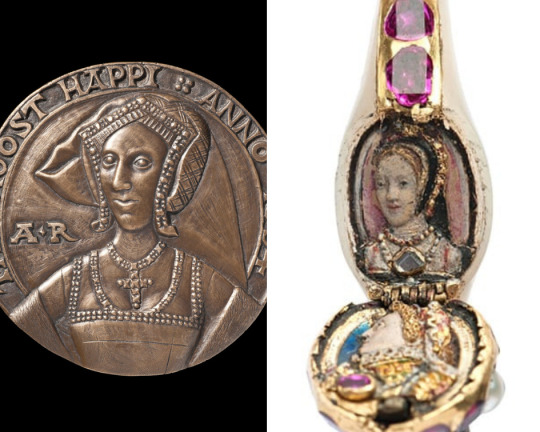
There you can see that she has a long and oval face, just like the figure in the Chequers’ Ring. Some others say that the Chequers’ Ring portrait cannot be of Anne Boleyn because she does not have black hair. Ives makes a very good point here. He says that there’s only one known description of Anne Boleyn having black hair, and that’s written by Nicholas Sanders, a Catholic, who wanted to demonstrate that Anne was really a witch. Black hair and witches go together like bread and cheese! So, what we have here is probably a misrepresentation of the colour of Anne Boleyn’s hair. Usually, it’s described by the Italians as ‘marrone’, or ‘brunette’ in English, and that can cover a wide range of brownish, or even auburn, hair.
For those reasons, Eric Ives thinks that this is indeed a portrait of Anne Boleyn. And I’m inclined to think that it is too. As I have already said, the alternative is that it is of the young Elizabeth, contrasting with the older Elizabeth in the other portrait. Now that it’s not a very complimentary statement to make! It would be a reminder of her age. It’s possibly even a reminder that she has no heir. It would be a very insensitive gift.
On the other hand, if it was a gift, it would make a lot of sense to show Elizabeth with her mother, because the notion that Elizabeth never talked about her mother and wanted nothing to do with her mother, and that everybody tip-toed around the elephant in the room, is misplaced. There is evidence of Elizabeth not just referring once to her mother openly, but there’s also evidence of books dedicated to her mother being given to Elizabeth. Also at the pageant that greeted Elizabeth at her coronation her mother appears. So, what we have here are people referring to Elizabeth about her mother. So why might not a gift also contain the miniature of Anne?
So, people were not frightened of drawing attention to Anne Boleyn during Elizabeth’s reign. And indeed, it is during Elizabeth’s reign that portraits of Anne Boleyn were being commissioned and began to appear in long galleries. I think it’s also suggestive that Elizabeth did have a sense that this was her mother and she wasn’t going to be entirely hidden away. And I think that’s why it appeals to us. The ring has a personal and emotional side to it, which we really can’t get close to in the life of Elizabeth.
52 notes
·
View notes
Text




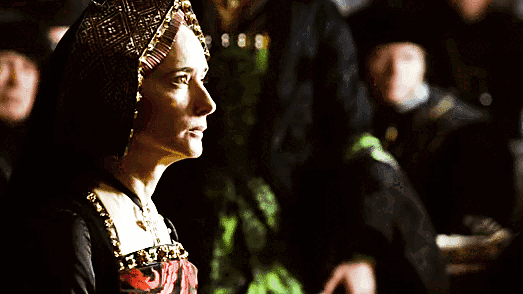
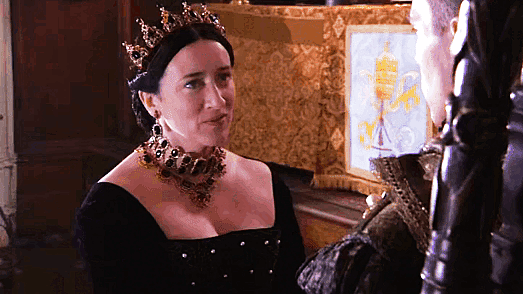
Catherine of Aragon’s Blackfriars speech on screen
Anne of the Thousand Days (1969), The Six Wives of Henry VIII (1970), Henry VIII and His Six Wives (1972), Henry VIII (2003), The Other Boleyn Girl (2008), The Tudors (2007)
133 notes
·
View notes
Text
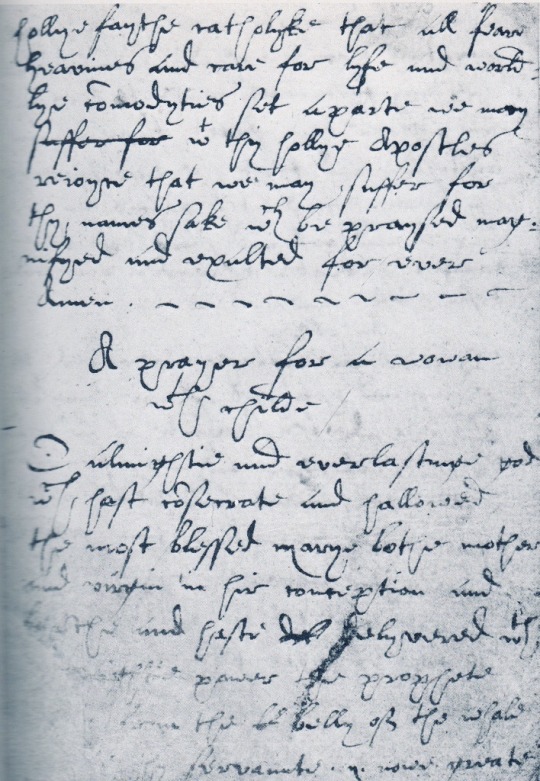
A prayer for the safe delivery of a woman with child from Queen Mary I of England’s personal prayer- book. It is said that this particular page is stained with tears and it’s worn out.
24 notes
·
View notes
Photo


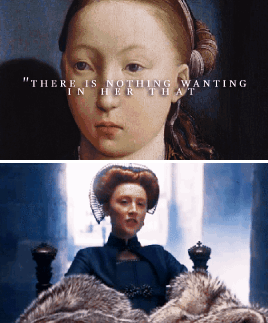


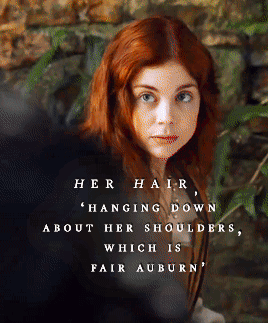
Katherine of Aragon + auburn / golden hair
“…the artist Juan de Flandes painted what is thought to be Catherine’s portrait. His stylised painting shows a serious-looking young Catherine holding a rose in her hand. Reflected light glistens brightly on her most striking feature – the coppery hair that is pulled tightly back from a neat centre parting.“
x
“ The infanta dressed to impress and English observers were suitably admiring. They praised the richness of her clothes and found her choice of head-dress especially noteworthy. ‘Upon her head [was] a little hat, fashioned like a cardinal’s hat,’ one reported. This was held on by gold lace and underneath it sat a carnation-coloured undercap from which her long, light auburn hair fell freely out over her shoulders ‘so as men might well see all her hair from the middle part of her head downwards’. That hair, portraits based on Catherine suggest, would have cascaded in rich, glossy and luxuriant waves down her neck and back.“
x
“ Sittow produced a tender, penetrating image of Catherine, his subject’s eyes cast down as if lost in thought while warding off prying eyes with a shy, dissimulated smile. She has a pale, faintly rosy complexion and her face is already a bit fleshier than in the much earlier, more stylised childhood portrait (thought to be of her) by Juan de Flandes. The auburn hair, mostly covered in the English fashion, gleams a golden red where the light catches it above her forehead.”
Giles Tremlett
“ She was pretty, petite, and auburn-haired, with a demure expression, yet well educated, poised…”
x
“ [Katherine] wore Spanish garments in the Spanish fashion; her clothing was “riche,” and her long auburn hair flowed freely down her back through a specially designed gap in her headdress.”
Julia Fox
“ [She] was named after Catherine, her mother’s English grandmother, who was the daughter of John of Gaunt, Duke of Lancaster. She took after the English royal house as well, with reddish golden hair, a fair skin and bright blue eyes. The Englishness of her name and appearance proved prophetic.”
x
“The only personal feature [the recording herald] noticed was her hair, ‘hanging down about her shoulders, which is fair auburn’.”
David Starkey
(cast) Charlotte Hope (The Spanish Princess) and Natalia Rodríguez (Isabel); (fancast) Saoirse Ronan and Daisy Ridley as Katherine of Aragon
366 notes
·
View notes
Photo
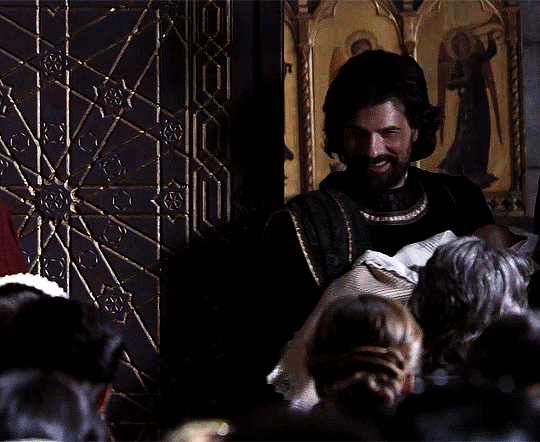




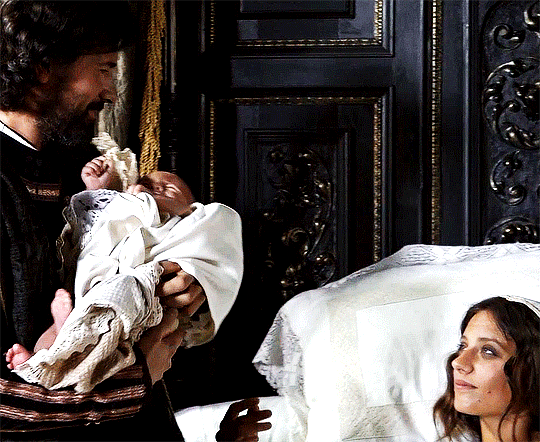

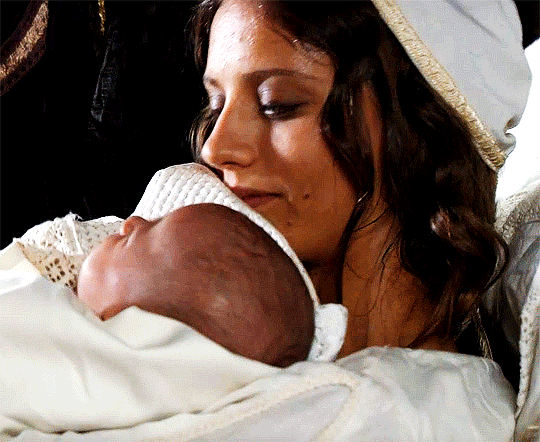


Catherine was one of the great queens consort of England. The outlines of her life are well documented in both scholarly and popular biographies. She was born in 1485, daughter of the powerful Spanish sovereigns Isabel of Castile and Fernando II of Aragon (b. 1452, r. Castile 1475–1504, r. Aragon 1479–1516). Her names reveal her blended cultural identity. She was christened Catalina, the Castilian version of the name of her grandmother, Catherine, the daughter of Constanza of Castile and John of Gaunt, the Duke of Lancaster. In early childhood, she was betrothed to Arthur, the Prince of Wales, and afterwards in Castile she was called la princessa de Gales, and in England, the Princess of Wales. They were married in November 1501, but five months later she was a widow. Seven years later, she married his brother Henry, later King Henry VIII (b. 1491, r. 1509–47), and became Queen Catherine of Aragon. Catherine was fluent in Spanish, Latin, French, and English and was patron of humanist luminaries such as Erasmus, Juan Luis Vives, and Thomas More. She was one of Henry’s closest advisers on international diplomacy, she supervised a complex household at half a dozen royal courts, and she managed the operations of her reginal properties. She served as regent of England during a war with Scotland and was the mother of the queen regnant of England, Mary I (b. 1516, r. 1553–58). Her power diminished as it became apparent that she would not bear a son for Henry, but she remained faithful to him as his attentions turned to other women and when he ultimately sought a divorce to marry Anne Boleyn. In January 1536, at age fifty, she died nearly alone in a castle in Cambridgeshire and was buried in a simple tomb in Peterborough Cathedral.
To her English subjects she was Kateryne of Spayne, a foreign-born bride who brought to England her Castilian accent and entourage and seemingly exotic customs. For her symbol as queen, she adopted the pomegranate. This fruit, not native to England, is the “apple of Granada” and the symbol of the Muslim Nasrid kingdom of Granada, which had been recently conquered by her parents. For the members of her household, the pomegranate was a symbol of belonging, an affiliation with the queen, and a mark of social status. For Catherine, it was a memento of a childhood spent in a warmer climate eating figs and oranges and growing up in a society inhabited by Christians, Jews, and Muslims while witnessing the inquisition and expulsion of Jews. But a pomegranate was a doubly ironic choice, symbolizing fertility yet a poignant reminder of Persephone’s annual season in the underworld.
Catalina’s travels began shortly after her birth on 15 December 1485 at Alcalá de Henares. Since she was the fifth child and a girl, the political importance of her birth was not as momentous as that of her brother, Juan. Still, it was the Christmas season, and the family stayed at court and celebrated her birth with banquets and gift-giving. She was swaddled in Breton linen and dressed in green-and-white velvet dresses with gold lace for her baptism, and her maid, Elena de Carmona, was paid 11,100 maravedíes for her service (for comparison, the bishop of Palencia, who baptized Catalina, received 3,650 maravedíes). Fernando left soon after to wage war against the Nasrid leader of Granada while the family spent the winter of 1486 in the north. Isabel took the children to her birthplace, Madrigal, where the royal residences blended Romanesque, Gothic, and Mudéjar styles. They then moved on to Arévalo, a small town of tremendous symbolic importance. Steeped in the legends of ancient Iberians, the Visigoths, and the Christian victory at Las Navas de Tolosa during the Reconquest, it was also where her mother, Isabel of Portugal, was born. This gave the queen a moment to spend time with her mother, show off her new baby daughter, and use the occasion to show her children how to serve their parents personally. It was a brief sojourn, however. In the spring, Isabel went to the royal monastery of Guadalupe with all the children, but because they arrived during Lent, there were no royal entry festivities. After Easter, they turned southward to be closer to Fernando. On 11 June, they were in Córdoba to celebrate Fernando’s victory over Boabdil with a solemn procession in which Queen Isabel and infanta Isabel processed on foot from the Great Mosque-Cathedral to the parish church of Santiago. The chroniclers do not say exactly where Catalina would have been in all this, but at six months of age it is doubtful that she would have been active in the ceremonies. The queen then moved on to Illora, Granada, and Moclín, but again the chronicles are silent on the whereabouts of the young children until late June, when Isabel and the children stopped at Córdoba. She dropped off Juan, María, and Catalina at Jaén while she and Fernando went north to Santiago de Compostela. In late fall, the family was reunited in Salamanca and Ávila and spent the winter at Alcalá de Henares.
Tucked away in regional museums in Spain and England are fragments of Catherine’s life, the scattered bits of clothing and shoes that she wore or books she read, the tapestries and little stools that furnished her rooms, and the amulets and votives of saints that were part of her devotional life. These things were saved for centuries because they mattered to her and to those she held dear—the gifts she gave loved ones at New Year’s celebrations, the hooped skirts and gabled headpieces she wore, the jewelry that adorned her neck and fingers, and her shoes. Enameled miniatures worn close to the body were emotional links between Catherine and the people closest to her. Objects owned by Catherine or connected to her in some way can be found in the collections of the Victoria and Albert Museum, the National Portrait Gallery, the Museum of London, and regional archives in the English hinterlands. But the work demands patience and persistence. Modern curatorial practices at, for example, the Victoria and Albert Museum group objects related to Catherine by function (World Ceramics), geography (British Galleries), or material (Textiles). This makes sense from a formal typological or iconographic standpoint, but in practice it erases Catherine from the history of British art. Yet her late medieval Spanish sensibility and taste had a profound influence on the Tudor style, from her chapines and her verdugados to a taste for exotic tooled-leather book covers and the demand for Spanish silks, Spanish embroidery, and jewelry. Catherine links them, even though the catalog does not specifically refer to them as relating to her. A connection to Catherine is made explicit only for a lavish wooden writing box and an intricately carved boxwood rosary, and only then because the arms of her second husband, Henry VIII, also decorate both the box and the rosary.
- Theresa Earenfight, Catherine of Aragon. Infanta of Spain, Queen of England
282 notes
·
View notes
